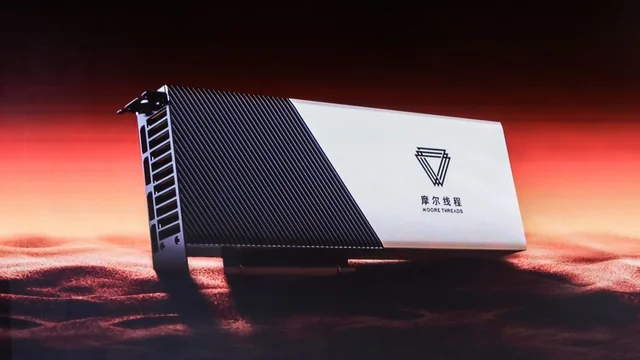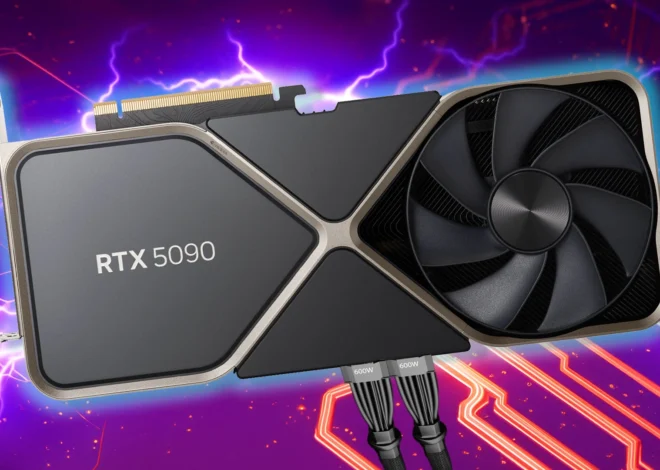
Chinese GPU maker Moore Threads’ MTLink fabric tech challenges Nvidia’s NVLink, can now scale to 10,000 GPUs for AI clusters
More GPUs, more performance.

One of Nvidia’s advantages in the data center space is that it not only offers leading-edge GPUs for AI and HPC computing but can also effectively scale the number of its processors across a data center using its own hardware and software. How could you defeat Nvidia if your GPUs are slower and your software stack is not as pervasive as Nvidia’s CUDA? Well, expand your own scale-out capabilities. This is exactly what Chinese GPU maker Moores Threads has done, based on a Science China Morning Post report.
Moore Threads has upgraded its KUAE data center server for AI, enabling connecting up to 10,000 GPUs in a single cluster. The KUAE data center servers integrate eight MTT S4000 GPUs interconnected using the proprietary MTLink technology designed specifically for training and running large language models (LLMs). These GPUs are based on the MUSA architecture and feature 128 tensor cores and 48 GB GDDR6 memory with 768 GB/s of bandwidth. A 10,000-GPU cluster wields 1,280,000 tensor cores, but the actual performance is unknown as performance scaling depends on numerous factors.
This move highlights Moore Threads’s efforts to boost its datacenter AI capabilities despite being on the U.S. Department of Commerce’s Entity List. Moore Threads’ products, of course, lag behind Nvidia’s GPUs in terms of performance. Even Nvidia’s A100 80 GB GPU introduced in 2020 offers compute performance significantly greater than that of the MTT S4000 (624/1248 INT8 TOPS vs 200 INT8 TOPS). Yet, there are claims that the MTT S4000 is competitive against unknown Nvidia GPUs.
Moore Threads, which was founded in 2020 by a former Nvidia China executive, does not have access to leading-edge process technologies due to U.S. export rules as it is blacklisted by the Biden administration. However, the company is developing new GPUs for gaming (these graphics cards aren’t on our list of the best graphics cards) and is pushing forward in the AI sector despite significant obstacles.
So far, Moore Threads has forged strategic partnerships with major state-run telecom operators, including China Mobile and China Unicom, as well as China Energy Engineering Corp. and Gulin Huajue Big Data Technology. These collaborations aim to develop three new computing cluster projects, further advancing China’s AI capabilities.
Moore Threads recently completed a financing round, raising up to 2.5 billion yuan (approximately US$343.7 million). This influx of funds is expected to support its ambitious expansion plans and technology advancements. However, without access to advanced process technologies offered by TSMC, Intel Foundry, and Samsung Foundry, the firm faces numerous challenges on the path to developing next-gen GPUs.



